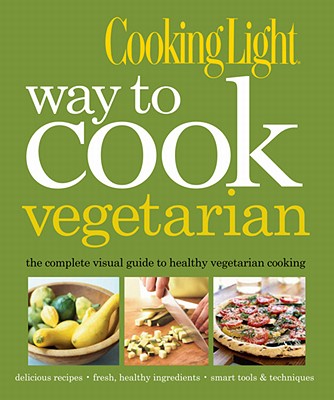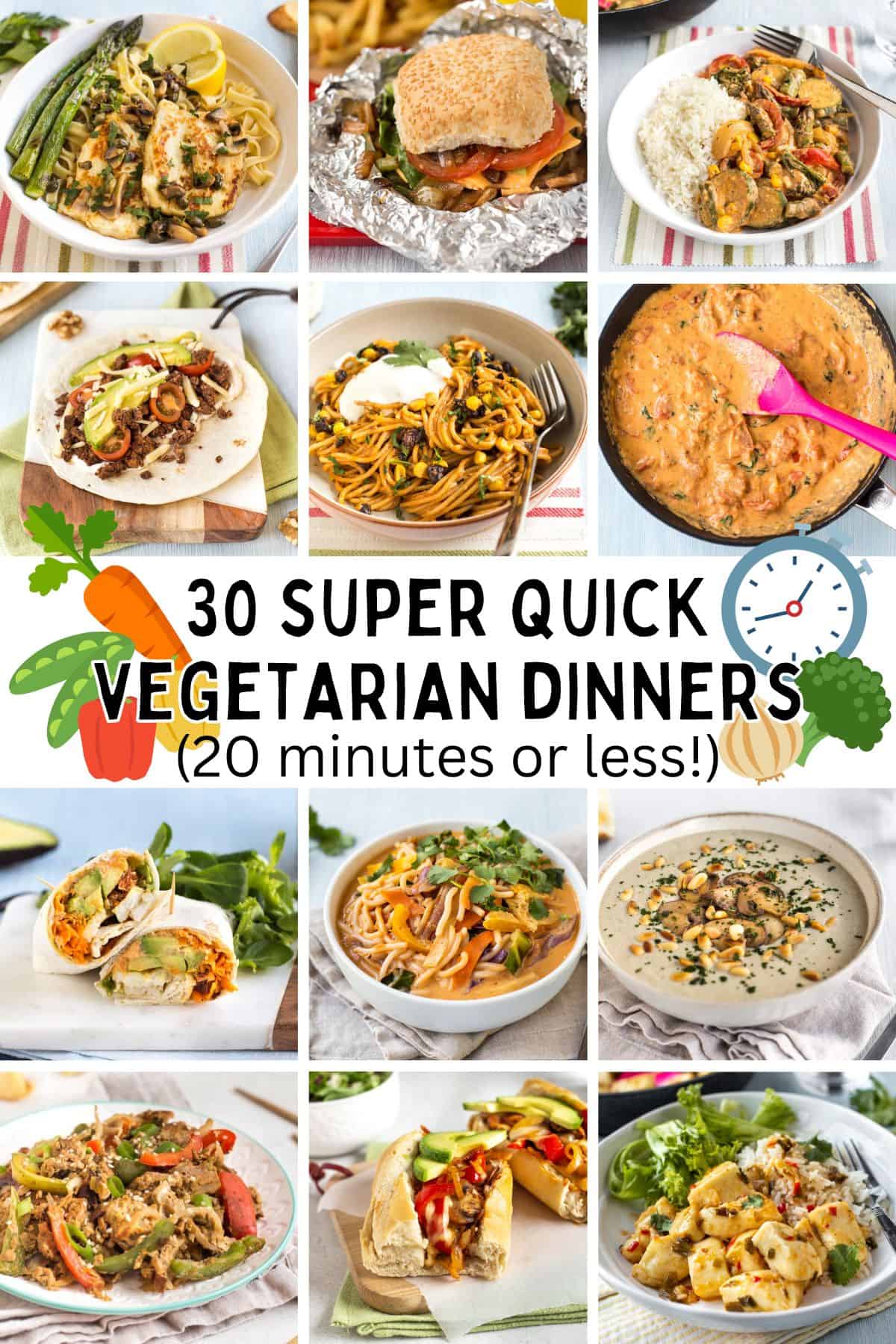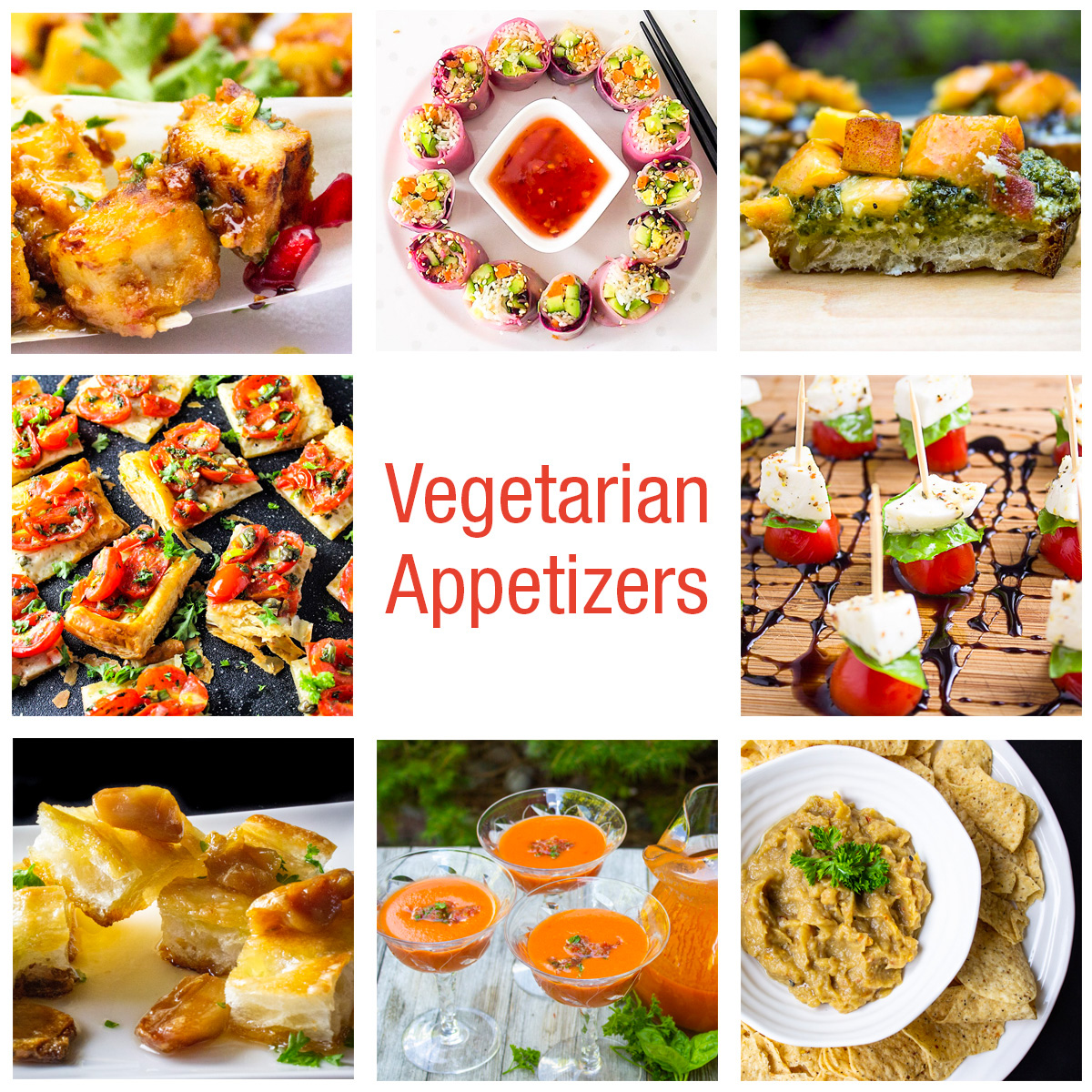In today’s fast-paced world, many individuals are embracing vegetarianism as a way to improve their health, reduce their environmental footprint, and support animal welfare. Whether you’re a seasoned vegetarian or just beginning to explore plant-based eating, mastering the art of vegetarian cooking is essential for creating delicious and satisfying meals. In this comprehensive guide, we’ll explore various tips and techniques to help you become a confident and creative vegetarian cook.
Understanding the Basics of Vegetarian Cooking
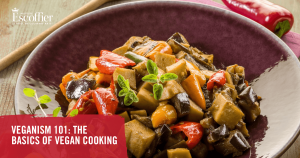
Before diving into specific tips and techniques, it’s essential to understand the fundamentals of vegetarian cooking. Vegetarianism encompasses a wide range of dietary preferences, including lacto-vegetarian (which includes dairy but excludes eggs), ovo-vegetarian (which includes eggs but excludes dairy), and vegan (which excludes all animal products). Understanding your dietary preferences will guide your ingredient choices and cooking methods.
Building a Well-Stocked Pantry
A well-stocked pantry is the foundation of successful vegetarian cooking. Keep essential ingredients on hand, including grains like quinoa, rice, and pasta; legumes such as lentils, beans, and chickpeas; a variety of nuts and seeds; and an assortment of herbs, spices, and condiments. Having these staples readily available will make it easier to whip up flavorful vegetarian meals on a whim.
Mastering Flavor Profiles
Vegetarian cooking is all about celebrating the natural flavors of plant-based ingredients. Experiment with different herbs, spices, and seasonings to create vibrant and aromatic dishes. Common flavor enhancers in vegetarian cuisine include garlic, onions, ginger, cumin, coriander, paprika, turmeric, and fresh herbs like basil, cilantro, and parsley. Don’t be afraid to get creative and explore new flavor combinations to keep your meals exciting.
Incorporating Protein Sources
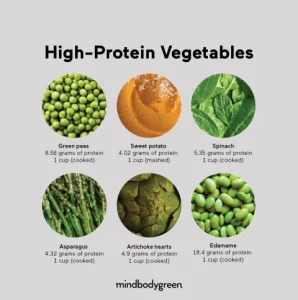
Protein is an essential nutrient for vegetarians, and there are plenty of plant-based sources to choose from. Legumes such as beans, lentils, and chickpeas are rich in protein and can be incorporated into soups, stews, salads, and stir-fries. Tofu and tempeh are versatile soy-based products that can be used as meat substitutes in various dishes. Additionally, nuts, seeds, and whole grains like quinoa and bulgur are excellent sources of protein and can add texture and flavor to your meals.
Mastering Cooking Techniques
Vegetarian cooking encompasses a wide range of cooking techniques, from sautéing and roasting to steaming and grilling. Experiment with different methods to enhance the natural flavors and textures of your ingredients. For example, roasting vegetables caramelizes their sugars and enhances their sweetness, while sautéing tofu in a hot pan creates a crispy exterior and tender interior. Don’t be afraid to get creative and try new techniques to elevate your vegetarian dishes.
Embracing Seasonal and Local Produce
One of the best ways to elevate your vegetarian cooking is by using seasonal and locally sourced produce. Seasonal fruits and vegetables are at their peak flavor and nutritional value, making them ideal for creating delicious and satisfying meals. Visit your local farmers’ market or join a community-supported agriculture (CSA) program to access fresh, locally grown produce. Experiment with different varieties of fruits and vegetables to add variety and excitement to your vegetarian meals.
Exploring Global Cuisines
Vegetarian cuisine is incredibly diverse and is celebrated in cultures around the world. Expand your culinary horizons by exploring global vegetarian cuisines, such as Indian, Middle Eastern, Thai, Mexican, and Mediterranean. Each culture has its unique ingredients, flavors, and cooking techniques that can inspire and enhance your vegetarian cooking. Experiment with traditional recipes or put your spin on classic dishes to create unique and flavorful meals.
Incorporating Texture and Variety
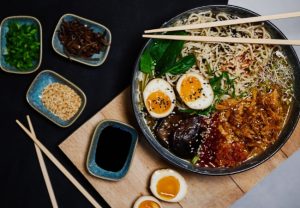
Texture plays a crucial role in vegetarian cooking, as it adds depth and interest to your dishes. Experiment with a variety of textures, from crunchy to creamy, to create balanced and satisfying meals. Incorporate different cooking methods and ingredients, such as roasted vegetables, crispy tofu, creamy sauces, and crunchy nuts and seeds, to add dimension to your vegetarian dishes. Don’t be afraid to mix and match textures to create exciting and delicious flavor combinations.

